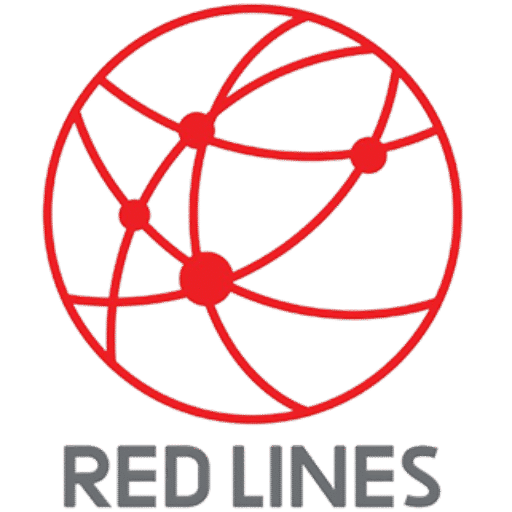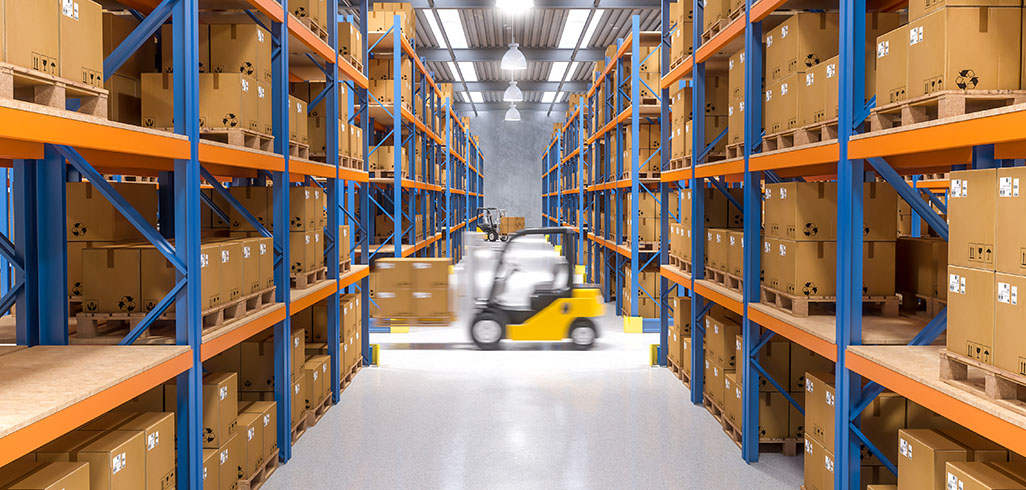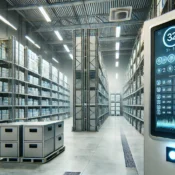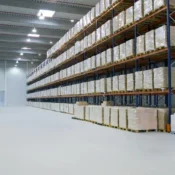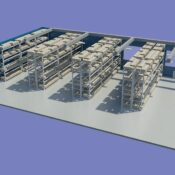In Riyadh’s extreme climate, maintaining consistent temperatures in warehouses is crucial for preserving the quality and safety of temperature-sensitive products. Redlines, a leading provider of temperature mapping study services across Saudi Arabia—including Riyadh, Jeddah, and Dammam—offers comprehensive solutions to ensure optimal storage conditions.
1. Conduct a Comprehensive Temperature Mapping Study
Begin by performing a detailed temperature mapping study throughout your warehouse. This involves strategically placing calibrated sensors to monitor temperature variations over time. The goal is to identify hot and cold spots, ensuring uniform temperature distribution and compliance with regulatory standards. Redlines specializes in such studies, providing actionable insights to optimize storage conditions. Red Lines
2. Implement IoT-Based Real-Time Monitoring
Utilize Internet of Things (IoT) technology to enable real-time temperature monitoring. IoT sensors provide continuous data, allowing for immediate detection of temperature fluctuations. This proactive approach helps in maintaining consistent conditions and facilitates swift corrective actions when necessary. Redlines integrates IoT solutions to enhance monitoring capabilities. Red Lines
3. Analyze Data for Hot and Cold Spots
Regularly analyze the data collected from temperature mapping studies to identify persistent hot and cold spots. Understanding these patterns allows for targeted interventions, such as adjusting HVAC settings or repositioning goods, to achieve uniform temperature distribution. Redlines’ expertise aids in interpreting this data effectively. Red Lines
4. Ensure Compliance with Regulatory Standards
Adhere to local and international regulations governing temperature-sensitive products. In Saudi Arabia, compliance with standards set by the Saudi Food and Drug Authority (SFDA) and the World Health Organization (WHO) is mandatory. Redlines assists businesses in meeting these requirements through meticulous temperature mapping studies. Red Lines
5. Optimize Energy Efficiency
Implement energy-efficient practices based on insights gained from temperature mapping studies. Adjusting HVAC systems and improving insulation can lead to significant energy savings while maintaining optimal storage conditions. Redlines provides guidance on integrating energy-efficient solutions tailored to your warehouse’s needs. Red Lines
6. Establish a Robust Maintenance Schedule
Develop and maintain a regular maintenance schedule for all temperature control equipment. Routine checks and servicing ensure that systems operate efficiently, preventing unexpected temperature deviations that could compromise product integrity. Redlines offers support in creating and implementing effective maintenance plans. Red Lines
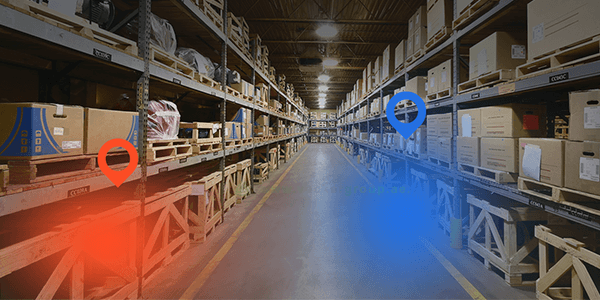
7. Leverage Advanced Analytics for Continuous Improvement
Utilize advanced analytics to continuously assess and improve temperature management strategies. By analyzing trends and patterns, businesses can make informed decisions to enhance storage conditions and operational efficiency. Redlines employs cutting-edge analytics tools to provide comprehensive insights for ongoing optimization. Red Lines
Conclusion
Mastering temperature mapping in Riyadh warehouses is essential for ensuring the safety and quality of temperature-sensitive products. By following these seven steps and partnering with Redlines, businesses can achieve optimal storage conditions, comply with regulatory standards, and enhance operational efficiency. For more information on our services, visit www.Redlines.sa.
